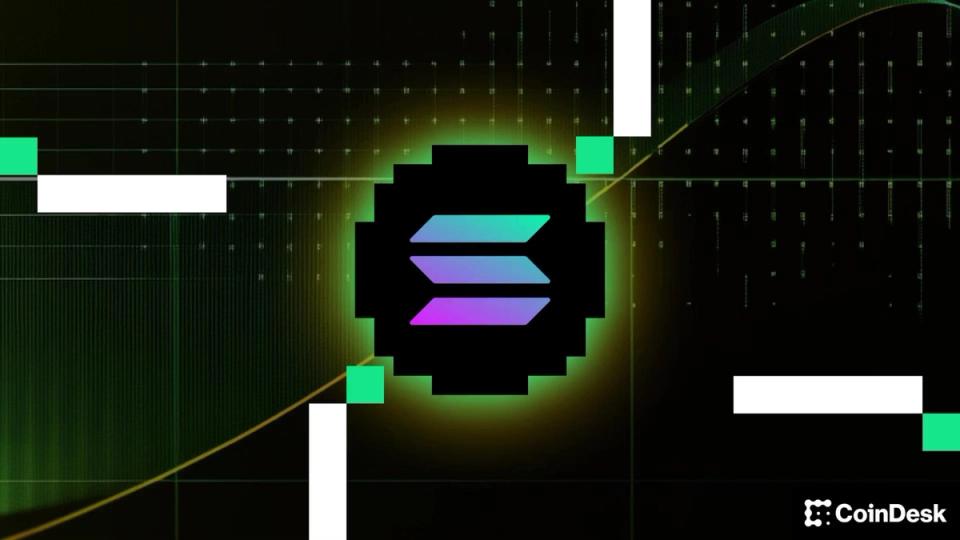Solana’s upcoming Alpenglow upgrade could mark a turning point for the network’s staking economics. CoinDesk spoke with Michael Repetny, CEO of Marinade Labs, the company that supports Solana’s liquid staking protocol, Marinade, to discuss how the update aims to change the economics of running a validator on Solana, significantly lowering the barrier to entry.
As the Solana ecosystem prepares for an upgrade late this year or early 2026, Repetny shares his thoughts on how this change could expand validator participation and improve decentralization, even as higher hardware demands loom.
This interview has been edited for brevity and clarity.
CoinDesk: Tell me about the state of Solana staking – what are the most pressing issues currently in this area, in your opinion?
Michael Repetny: So when we launched Marinade, there were 700 validators on Solana, 11 of which were large enough to potentially shut down the network.
Then we launched Marinade in the first few years, the number of validators grew to 2000 so it looked great. Right now we are once again below 1000 active validators on Solana.
I think there are other signals [on the health of Solana staking]. Another way to look at it is to consider stake concentration, that is, if a third of that stake is closed, Solana stops working.
It currently takes around twenty of the biggest offenders to achieve this, or even two countries and two data centers. These are different ways of looking at things. So it’s not ideal.
We would rather see hundreds of low quality validators than thousands of them with people just managing potatoes.
And with ETFs and institutional interest, I think centralization becomes a bigger risk.
At Marinade, we try to ensure that we have a viable option for validators to stake responsibly.
Solana has a major upgrade coming called Alpenglow. How will this affect the staking ecosystem?
We are hopeful, and this should have an impact on the economics of staking and validator. A change is proposed aimed at simply reducing voting fees for validators (voting fees are borne by validators when voting on the processing of SOL on the blockchain). So that’s a huge problem because right now if you want to run a validator, just to get it started you have to pay around $5,000 a month.
Of that $5,000, about $4,000 goes toward voting costs alone. As you can see, 80% of the current cost of getting your validator up and running is voting fees. Alpenglow aims to significantly reduce voting costs. This is super exciting and should make starting their own validator much more accessible as the cost will go down
Will there be any changes to Solana validator rewards?
One way to look at it is to reduce the cost of running a validator. Alpenglow is really about increasing bandwidth and reducing latency.
We hope to see more saturated blocks when we pack them better, which should also improve the profitability of validators packing blocks.
Another advantage would be that if you increase the bandwidth and reduce the latency, then the arbitration and malicious maximum extractable value (MEV) time is shorter. This means that if there is less time to manipulate the order of transactions, there will be fewer toxic and malicious MEVs, which is ideal for users.
Are there any tradeoffs for validators with Alpenglow?
Perhaps eventually the cost of hardware could increase. There may be higher requirements on end validators to ensure they are still tracking the network as there will be more incoming transactions. Perhaps with more demands on them there could be a compromise. Other than that, I don’t know. There will be problems, but we’ll have to see once we get there.
How does Alpenglow relate to Marinade’s mission?
This makes it more accessible to create a few more validators. The break-even point is much lower.
So Alpenglow is coming at the end of the year or maybe early next year – is this going to be a really big transformation or just another upgrade? And where does Solana go after that?
This is one of the pieces that needs to be sorted out for Solana to be and remain competitive with things like Hyperliquide or decentralized exchanges.
Solana is working on fixing the protocol with Alpenglow, fixing the infrastructure with new projects like DoubleZero, fixing software clients, and optimizing Firedancer. I hope all these things come together now.
Six months may not be enough for the results to be visible, but once they are available, we hope it will unlock use cases that would not be available on Solana currently.
Hopefully there will be more economic activity, which should translate into increased revenues, and the pie will grow.
Read more: Solana set to undergo major overhaul after 98% votes to approve historic ‘Alpenglow’ upgrade




